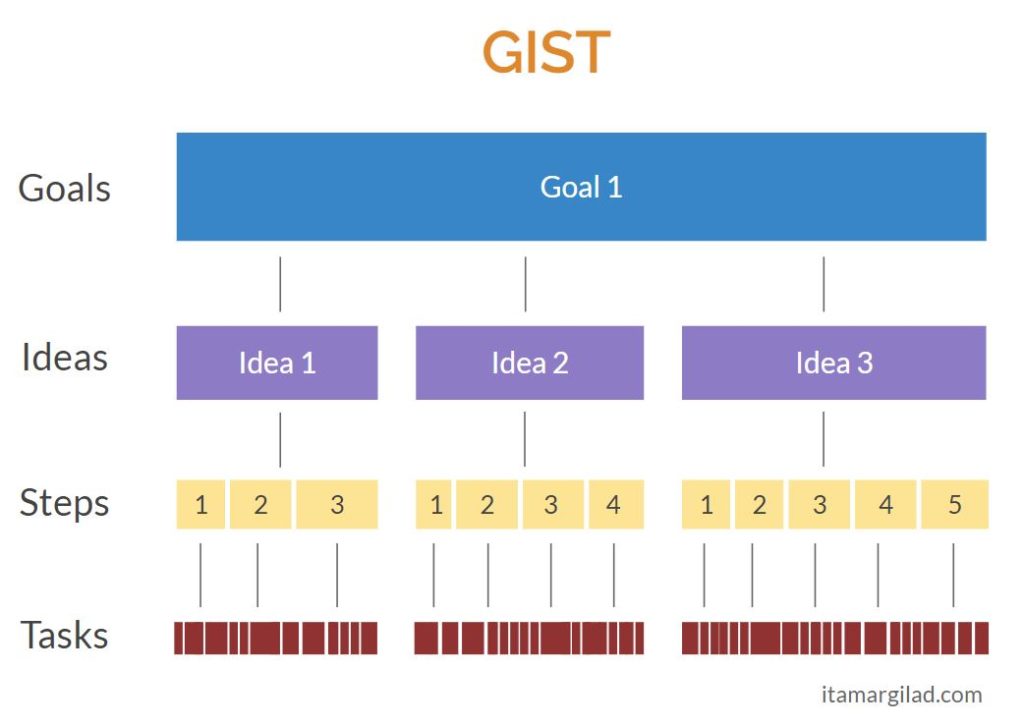Itamar Gilad: Evidence Guided
End of 2022, I was lucky enough to attend a Lean Product Management training by Itamar Gilad sponsored by my employer ETAS GmbH. The training was organized by the Bosch School of Product Management - a network of product management experts that actively drive lean product management practices forwards within Bosch.
Many concepts that Itamar elaborated in his training were already very familiar to me. This includes concepts such as value proposition design, various UX methods, business model development, creating alignment through vision & mission etc. For me, the training very much re-affirmed the views that I have gained over the years from my practical product management work.
In the training, Itamar shared a lot of material in very compact form and timely condensed to the workshop. While the material shared in the training is very much helpful, his book - Evidence Guided - provides more depth and explanations especially of the instruments created Itamar created. The book is thus a good companion to the workshop material and a good read as well.
Instruments created by Itamar
-
GIST is a planning framework derived from Lean Startup and Agile Development principles. It comprises Goals, Ideas, Step-projects, and Tasks, offering a flexible and iterative approach to planning that focuses on outcomes, hypothesis testing, and adaptability.
-
The Confidence meter is an instrument that supports the priorization of ideas using the ICE priorization method. ICE stands for Impact, Confidence and Ease.


ICE vs CUBE prioritization
ICE prioritization with the Confidence meter addresses idea banks and is suited for idea prioritization. Ideas have a lot uncertainty, and ICE increases the chances to pick the right ideas.
CUBE - a prioritization method I have developed - targets the prioritization of product backlogs. Product backlogs such as used in Scrum typically a lot of work items in the form of epics or user stories. Ideally, well defined epics and user stories do not have significant uncertainty left. CUBE helps to bring clarity into backlogs by making customer value, business value and development effort explicit and using these to maximize the outcomes whilst using the available development capacities as efficient as possible. CUBE thus helps come to clearer prioritization decisions on concrete development topics.